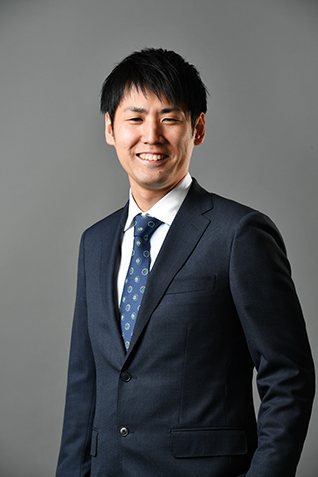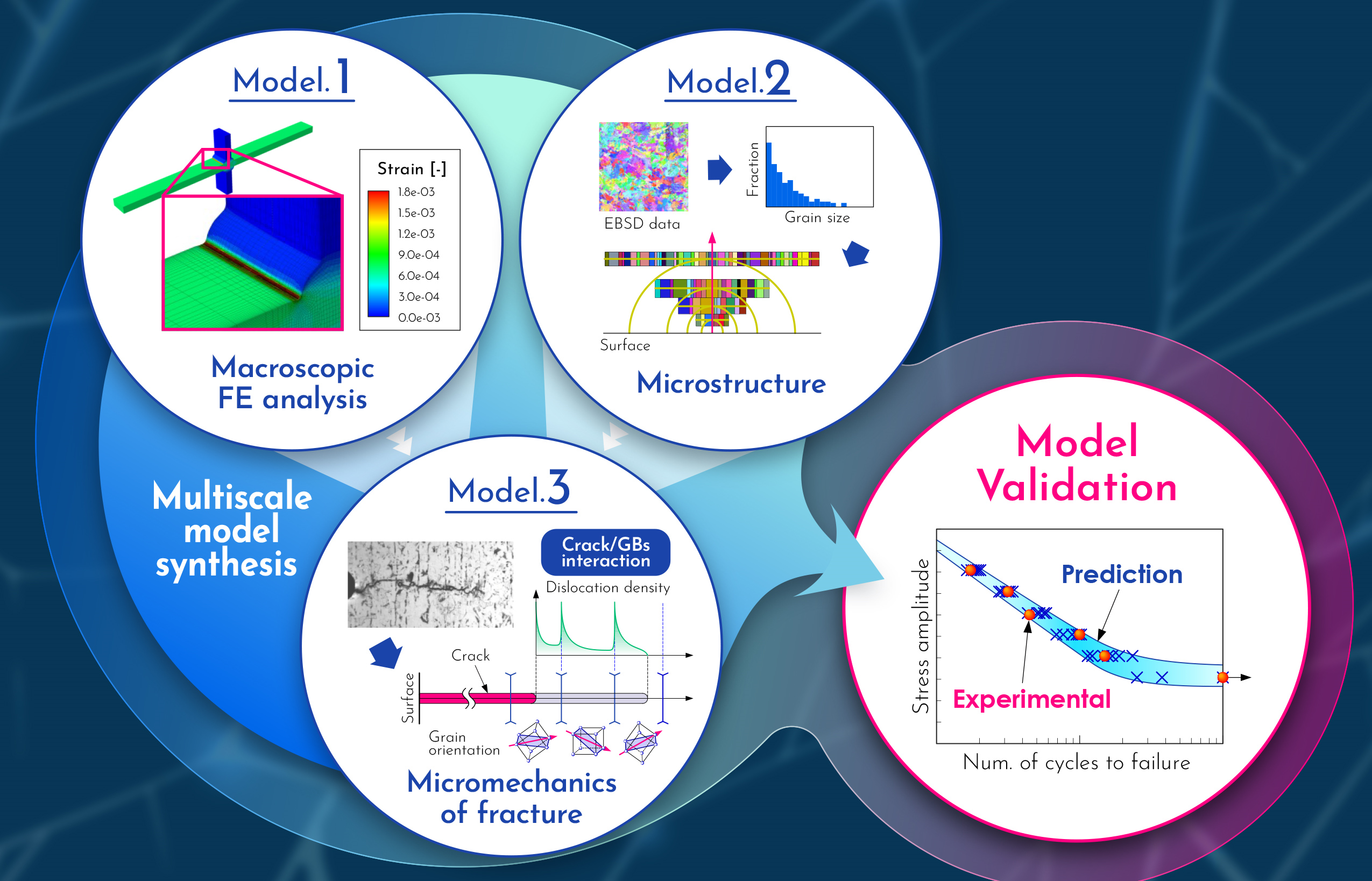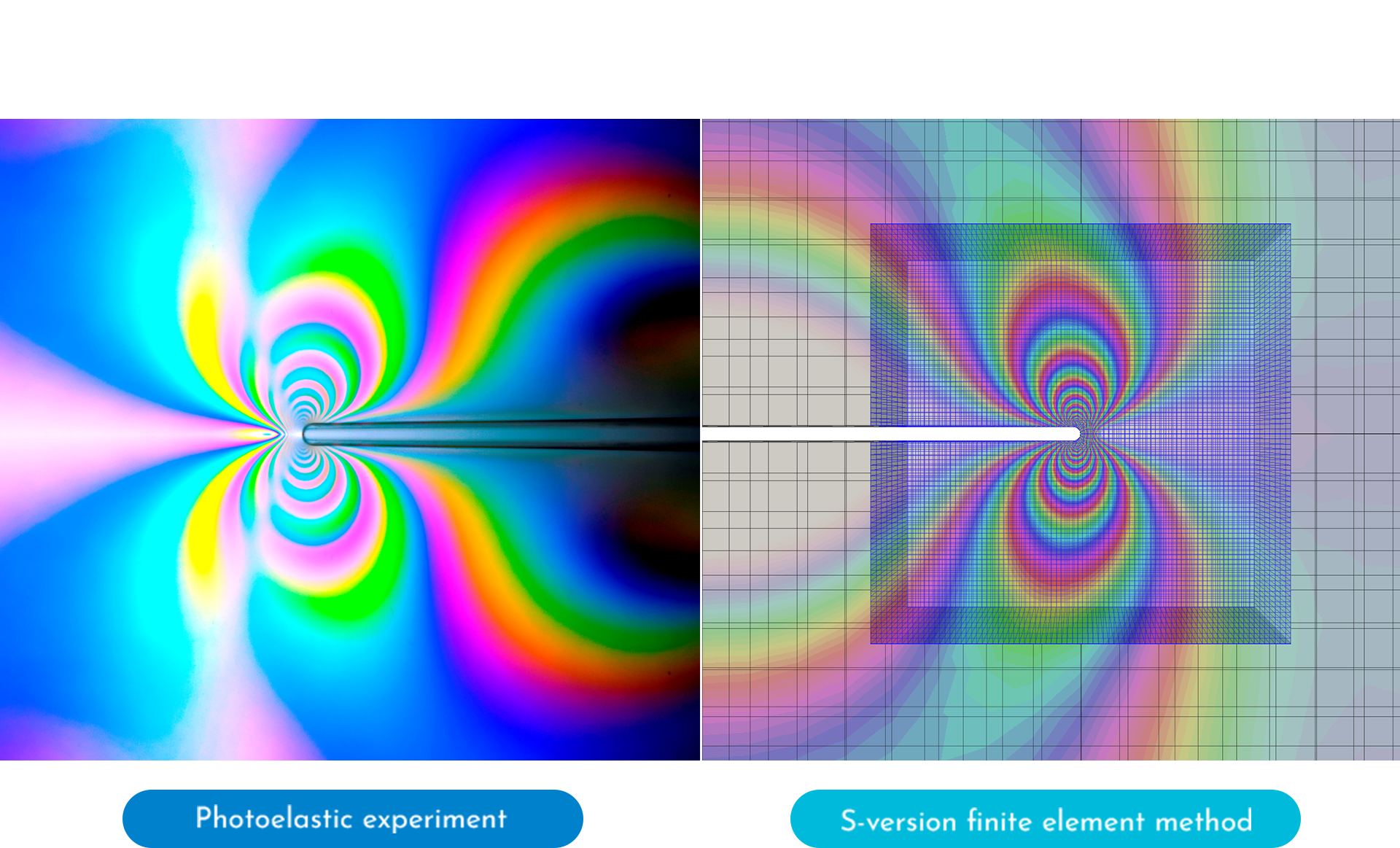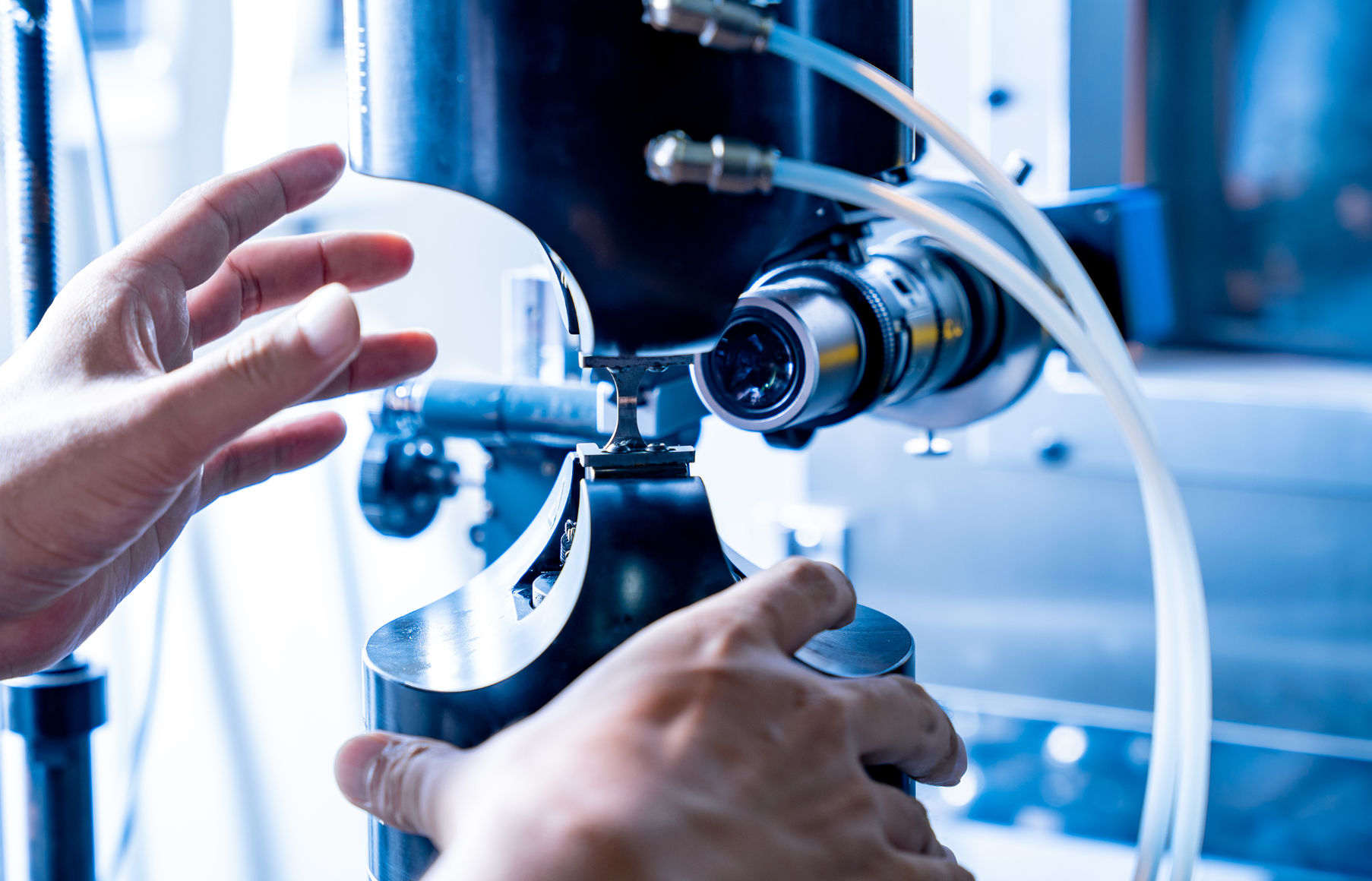Faculty

Networking for Artifact
SHIBANUMA Kazuki
- Position
- Assoc. Prof.
- Affiliation
- Department of Systems Innovation,Faculty of Engineering,The University of Tokyo
- Keyword
- Fracture mechanics, Structural integrity
- shibanuma(at)struct.t.u-tokyo.ac.jp※Please replace (at) with @ and send mail.
Innovation in Modelling Fracture Mechanics & Structural Integrity



Multiscale and Multiphysics
Fractures are complicated. The factors and mechanisms governing fractures arise at different scales, ranging from the macroscopic scale (structural or component level) all the way down to the microscopic scale (grain or atomic level). These factors and mechanisms can even involve physics beyond the mechanics of materials, such as fluid dynamics, thermodynamics, and electromagnetism. Our group seeks to develop novel methodologies to bridge these governing factors and mechanisms using multiscale and multiphysics models. These models will enable us to simulate and explain fracture phenomena in ways that were previously impossible.
Beyond FEM
Finite element method (FEM) is a well-established numerical approach for simulating stress, strain, and deformation in structures using computational mechanics. Though undeniably powerful, FEM was originally designed to simulate mechanical behaviour across a continuum. As a result, it is not entirely suitable for simulating fracture phenomena, especially crack propagation. We are currently developing innovative numerical methods Beyond FEM based on the advanced techniques such as the S-version FEM (S-method) and the extended FEM (XFEM) originating from the FEM framework. Our goal is to simulate complicated fracture phenomena accurately, both at the microscale and macroscale.
Novel Experimental Protocols
Experiments are crucial when developing models to explain fracture phenomena. However, conventional experiments and observation methods can only capture some aspects of the underlying mechanisms. Therefore, in our lab, we strive to design new experiments and observation methods based on advanced imaging technologies in combination with numerical simulations.





